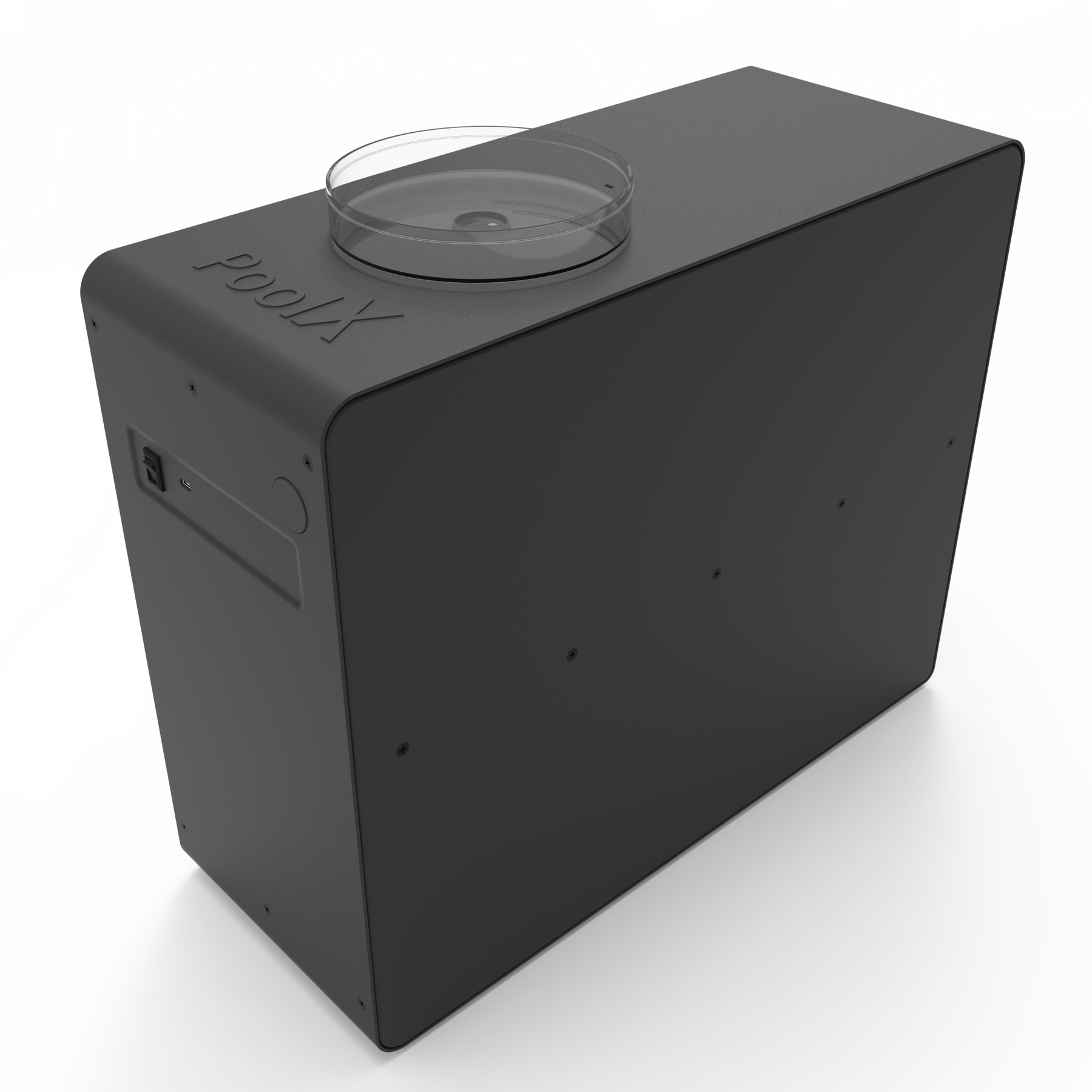When planning your patio, one of the first things to consider is exactly how thick the concrete should be. Getting this right is crucial for the longevity and durability of your patio. But how do you know the best thickness for your specific project? Let’s dive into the details.

Why Thickness Matters
The thickness of a concrete patio is important for several reasons, including structural stability, durability, and load capacity. By understanding these factors, you can make an informed decision that will enhance the utility and aesthetic appeal of your outdoor space.
Most residential concrete patios should be at least four inches thick. This thickness provides ample structural stability for typical uses such as foot traffic and lightweight furniture. However, different requirements might necessitate different thicknesses, especially for patios that will support heavier loads.

Standard Thickness for Residential Patios
Minimum Thickness
The general recommendation for a basic residential patio is a minimum thickness of four inches. This thickness is considered adequate for most residential applications, including normal foot traffic and standard patio furniture.
Thicker Options
If you plan to place heavier objects on your patio, such as a hot tub or outdoor kitchen, consider increasing the thickness to five or six inches. This added thickness will provide the extra support needed to hold heavier loads without cracking.

Factors Influencing Concrete Patio Thickness
Load-Bearing Requirements
The type of load your patio will bear is a significant factor in determining the thickness of the concrete. Light loads like foot traffic and small furniture require less thickness, while heavier loads like pools, hot tubs, and large grills necessitate thicker concrete.
Soil Conditions
The quality and type of soil beneath your patio can affect its thickness. Poor soil conditions might require additional thickness to ensure stability. Consulting a professional can help you determine if you need a thicker slab due to your soil conditions.
Climate Considerations
Temperatures and weather patterns in your area can also influence your decision. In areas with freeze-thaw cycles, a thicker concrete slab can help prevent cracking and damage over time.
Preparation and Reinforcement
Base Preparation
A well-prepared base is essential for a durable patio. This typically involves compacting a layer of gravel or crushed stone before pouring the concrete. A good base can reduce the necessary thickness and improve the longevity of the patio.
Reinforcement Options
For added strength, consider using reinforcement materials such as rebar or wire mesh. These materials help distribute loads more evenly and can reduce the risk of cracking.
Installation Guidelines
Proper Mixing
Ensuring the proper mix of concrete is crucial for your patio’s success. Follow guidelines for mix ratios, and consider adding additives for increased strength and durability.
Pouring Techniques
Pouring the concrete evenly and efficiently helps ensure a smooth finish. Use tools like screeds and trowels to level the surface and achieve a uniform thickness.
Curing Process
The curing process is critical for the strength and durability of your concrete patio. Keep the surface moist for several days after pouring to ensure proper curing and avoid cracks.
Cost Considerations
Concrete thickness can impact the overall cost of your project. Thicker slabs will require more material and labor, increasing the total expense. However, investing in the proper thickness can save money in the long run by reducing maintenance and extending the patio’s lifespan.
DIY vs. Professional Installation
Deciding whether to tackle your patio project yourself or hire a professional is another important consideration. While a DIY approach can save costs, professional installation ensures a high-quality result and proper adherence to guidelines.
Real-Life Examples
Basic Residential Patio
A typical residential patio with foot traffic and small furniture usually features a four-inch concrete slab. This thickness provides ample support for everyday use.
High-Load Patio
For patios supporting heavy loads, such as outdoor kitchens or hot tubs, a minimum thickness of six inches is recommended. This ensures the patio can bear the additional weight without compromising on durability.
Maintenance Tips
Regular maintenance helps preserve the integrity and appearance of your concrete patio. Sealing the surface every few years and cleaning it regularly can prevent damage and extend its lifespan.
For more tips on keeping your patio in top condition, check out this cleaning guide.
Planning for the Future
Consider long-term plans for your patio area when deciding on thickness. Future additions like a pergola, additional furniture, or a garden pond might require a thicker slab to accommodate changes.
For more insights on home improvement, you can visit our article Home Repairs.
FAQs
What is the minimum thickness for a concrete patio?
The minimum recommended thickness for a residential patio is four inches.
Can I use thicker concrete for a high-load area?
Yes, for high-load areas, such as those with hot tubs or outdoor kitchens, a thickness of six inches is advisable.
How does soil condition affect concrete thickness?
Poor soil conditions may require a thicker slab for stability and durability.
As an Amazon Associate, I earn from qualifying purchases.

